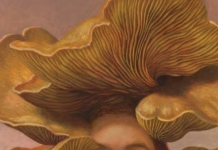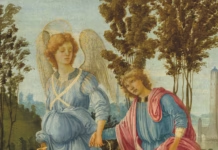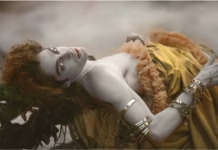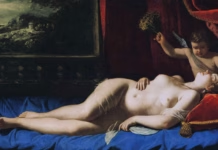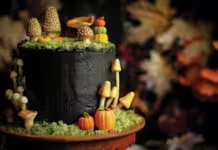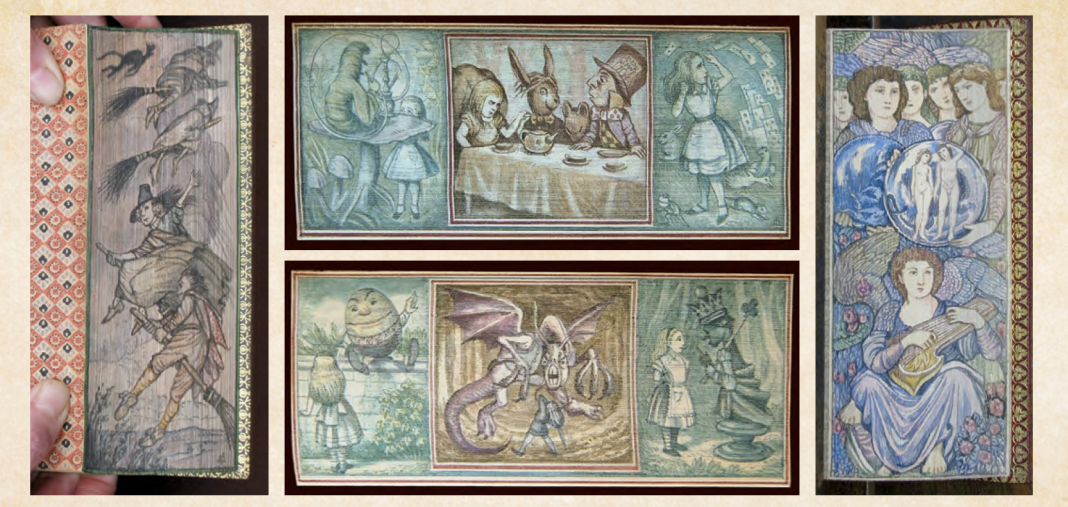Have you ever felt the sudden jolt of bliss that accompanies the discovery of a hidden secret? This feeling drives treasure hunters of all kinds, deep-sea divers and junkyard pickers alike, to keep searching. Imagine, then, the excitement and thrill of a bibliophile who discovers a beautifully bound copy of a classic book in a random small bookstore. He opens the book, careful not to crack the leather spine, and as the pages spread open in a fan, the gilt edges reveal an image secretly painted on them. How many people might have thumbed past this volume on the bookshelf without having a clue that such beauty lay hidden on its pages’ edges? How was such a painting even created, and who took the time to paint it so meticulously, in a place where so few people would ever see it? And how many more books might he have walked past, completely oblivious to these secret images revealed only by bending the pages?
These hidden artworks are called fore-edge paintings, named for the term used for a book’s longest paper side, opposite the spine. In fore-edge paintings, the gilt or marbled edges of the book’s pages serve as a disguise to keep the images from being quickly discovered. Only upon opening the book does the lucky reader make a magical discovery.
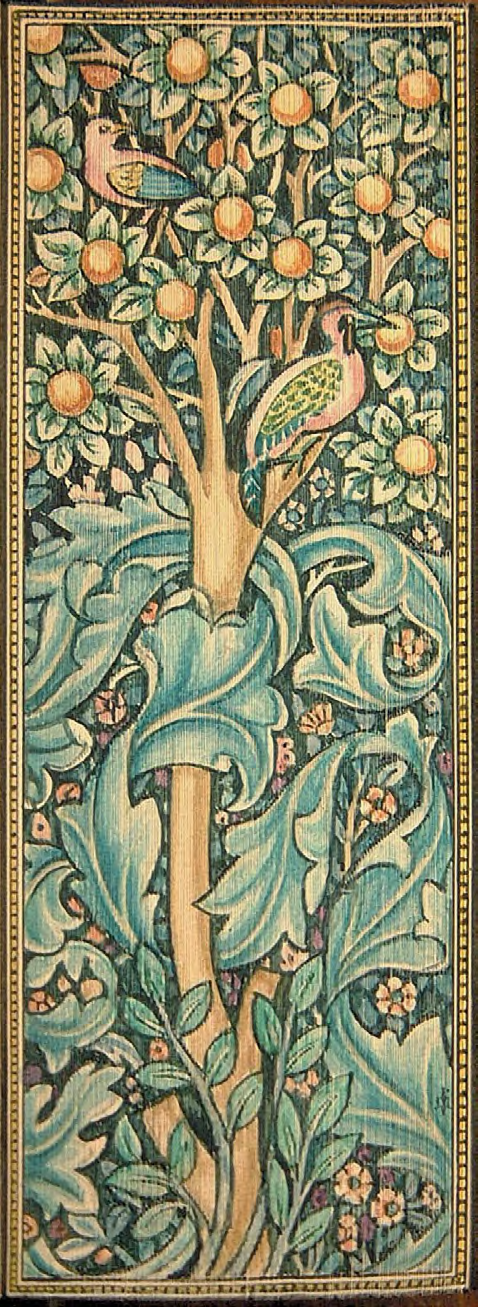
The term fore-edge originates from Renaissance times, when books were traditionally shelved with bindings to the back and the paper edge to the front. Owners would label the edges of the paper with the author’s name and the book’s title, but nothing more exciting. Samuel Mearne, a bookbinder to the British royal family, is credited with inventing these vanishing fore-edge paintings, and indeed, to this day, it’s largely considered a British art form, passed down by word of mouth with, ironically, little written history of its origin. Exactly how long fore-edge paintings have been made in secret is unclear, but the earliest work discovered dates from 1649. (Earlier fore-edge paintings were done directly on the edges and were visible when the book was closed.)
The popularity of fore-edge paintings reached their pinnacle in England in the late 18th and early 19th centuries, thanks to the bookbinding firm of Edwards of Halifax. The company hired skilled artists to paint beautiful landscapes on the edges of books it then sold to enchanted customers. The names of these artists may remain forever unknown, though, as few fore-edge paintings are signed.
The art of fore-edge painting is not yet lost, even in our modern digital age. British artist Martin Frost, for one, is carrying on the tradition. Frost saw his first fore-edge painting in 1969 when he was working as a scenic painter for a theater. Compared with the massive scale at which he had been working, the minuscule and subtle art of these hidden images intrigued him. “I wondered if I could cope with such fine detailed work,” he says. A first few attempts turned into a career, and forty years later he has now produced some 3,500 “vanishing paintings,” as he calls them.
And vanish they do. But how? Frost describes the process of creation: “For a painting to vanish under the gilded fore-edge of a book it needs to be brushed onto a tiny strip of the face of each leaf. This is achieved by fanning the pages in a specially designed clamp. The work is slow and painstaking, but with care a detailed image can be achieved that magically vanishes when the book is released.”
Frost especially enjoys painting the human figure. He is known for creating paintings inspired by the work of the Pre-Raphaelites and by the fairy art of Dadd and Rackham. But he also is quick to credit Clare Brooksbank, another artist carrying on the art of fore-edge painting, for her skill in Romantic-style art as well.
Although original historic fore-edge paintings usually featured either pastoral scenes or heraldic devices, the 20th century brought a greater variety of subjects, including patterns, portraits, romantic or historical figure groups, and erotic scenes. Some collectors have even hired Frost to create custom fore-edge paintings on cherished books they already own, having them rebound with the appropriate leather binding and gilt edge. Can you imagine a secret fore-edge painting on a leather-bound volume of Harry Potter? Or Game of Thrones?
The 20th century not only brought about an expansion of subject matter for fore-edge paintings but a flourishing of techniques as well. Skilled artists have created double fore-edge paintings, in which bending the pages in different directions reveals two different scenes. Some artists have created paintings that span all three of a book’s paper edges. And others have embraced the challenge of painting on miniature books, some as small as one inch.
Works of wonder created just to further beautify and enchant the art of the written word, fore-edge paintings may vanish when the book is closed, but this incredible art form should never disappear.
All images provided by Martin Frost. See more from his collection at foredgefrost.co.uk.







